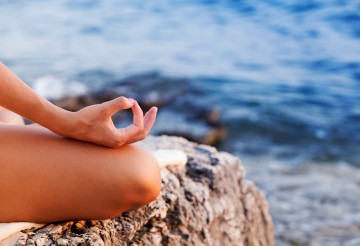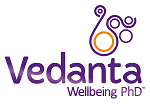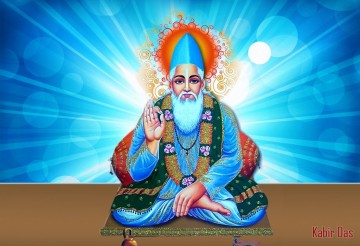What is meditation?
When active concentration is uninterrupted without a single disturbing thought one is meditating. This state is not that easy to reach. Fortunately, hard and disciplined practice will make perfect!
Why should we engage in meditation?
Meditation has many benefits for psychological and physical wellbeing.
Scientific studies have shown an improvement in psychologically wellbeing upon meditation practice, like increased cognitive function and brain plasticity (ability of the brain to change, physically, functionally, and chemically, throughout life), amelioration of negative mood and depression symptoms.
Scientific studies on effects of meditation on physical wellbeing are numerous, showing an improvement of the immune system, improvement in energy levels, increased insulin sensitivity, improvement in lipid profile, lowered blood pressure, decreased oxidative stress and decreased platelet activation (leading to decreased risk of blood clotting and dangers associated with it such as brain and heart infarcts). The risk for developing atherosclerosis and cardiovascular diseases are reduced by practicing meditation.
Spiritual effects of meditation have been described in several books written by yogi’s such as increased intuition, increased consciousness, development of Siddhi’s (spiritual powers) and connection with the higher self. When one reaches Samadhi (perfect meditation), the eight and last step in Ashtanga Yoga (the eightfold path of yoga) one experiences complete consciousness.
How can we perform proper meditation?
For proper meditation several prerequisites are necessary: diaphragmatic even breathing, a correct body posture, systematic neuromuscular relaxation, the use of a mantra/secret word.
Concentration meditation is the used form of meditation in Ashtanga Yoga and other popular forms of yoga. Concentration meditation starts first with a phase where one focusses on an object, before one proceeds with object-free meditation. Concentration starts with focussing on an object (Dharana) which can be on (one) God, a flame, a mantra, the body or the breath. After this first step, the more experienced meditator will continue with object-free meditation (Dhyan) by completely relaxing the concentration.
The body posture used for meditation is either the joyous posture (Sukhasana) with a straight neck, back and head, the lotus posture (Padmasana) or the corpse posture (Savasana). Effects of meditation on body and psyche are further enhanced by first starting with yoga body postures (asanas) which help relax the body followed by yoga breathing exercises (pranayamas) which increase wellbeing of both body and mind and finally ending with yoga meditation.
Try meditation and you will immediately experience beneficial effects. Enjoy your meditations and experience a joyous, healthy, stress-free and blissful state!









